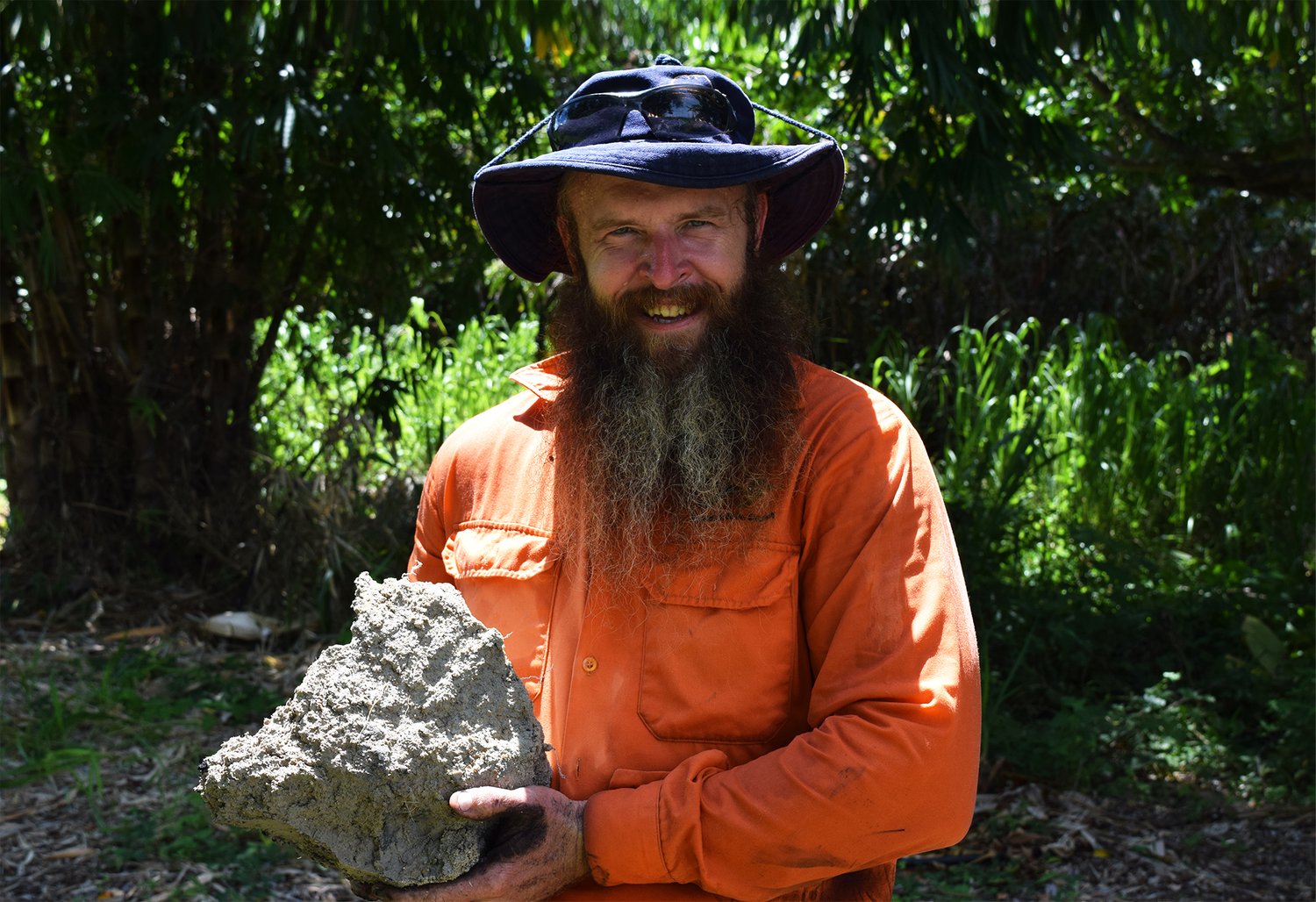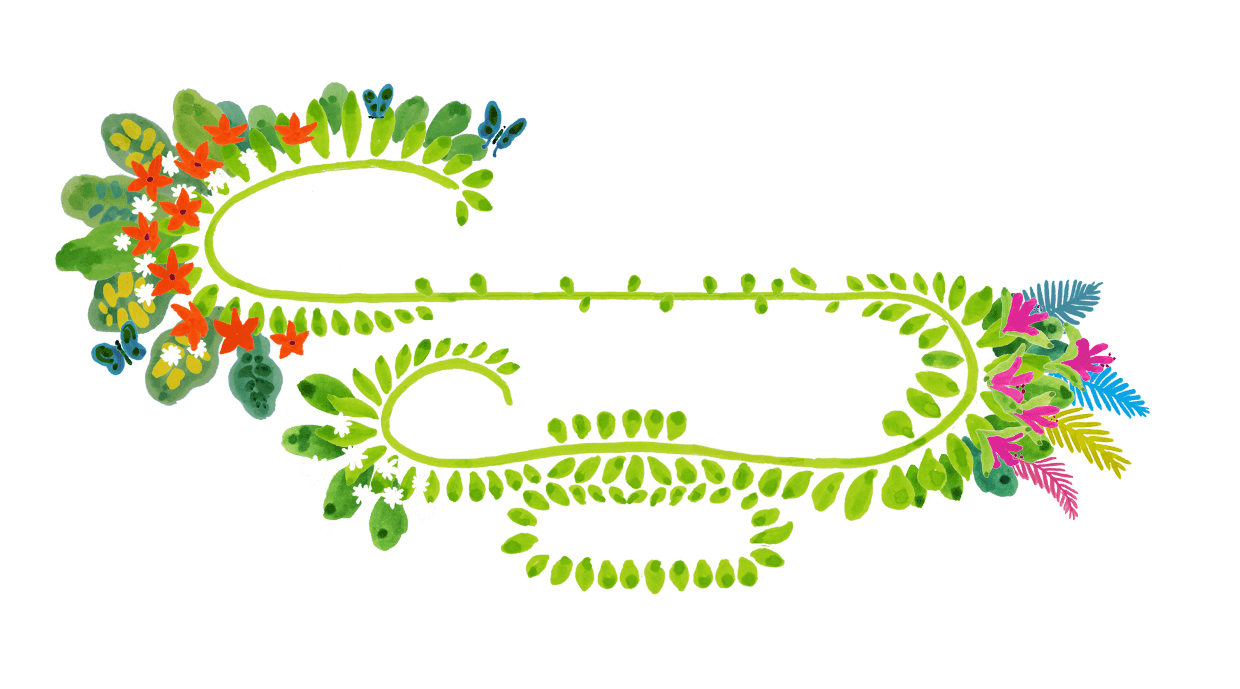
Queensland, Australia
Bingil
Restoring habitat for the endangered Southern Cassowary Bird.
Fifty years ago this sleepy village was hit with a short lasting development boom. It fragmented and splintered the habitat connectivity for native animals.
The land we identified for a Miyawaki Forest was previously a lychee farm. The forest clearing disrupted the safe passway for the endangered Southern Cassowary bird.
Support us in restoring this forest to its ancient glory.
Forest Maker Brett Krause

380
Trees
100
SQUARE METERS
80
Native Species
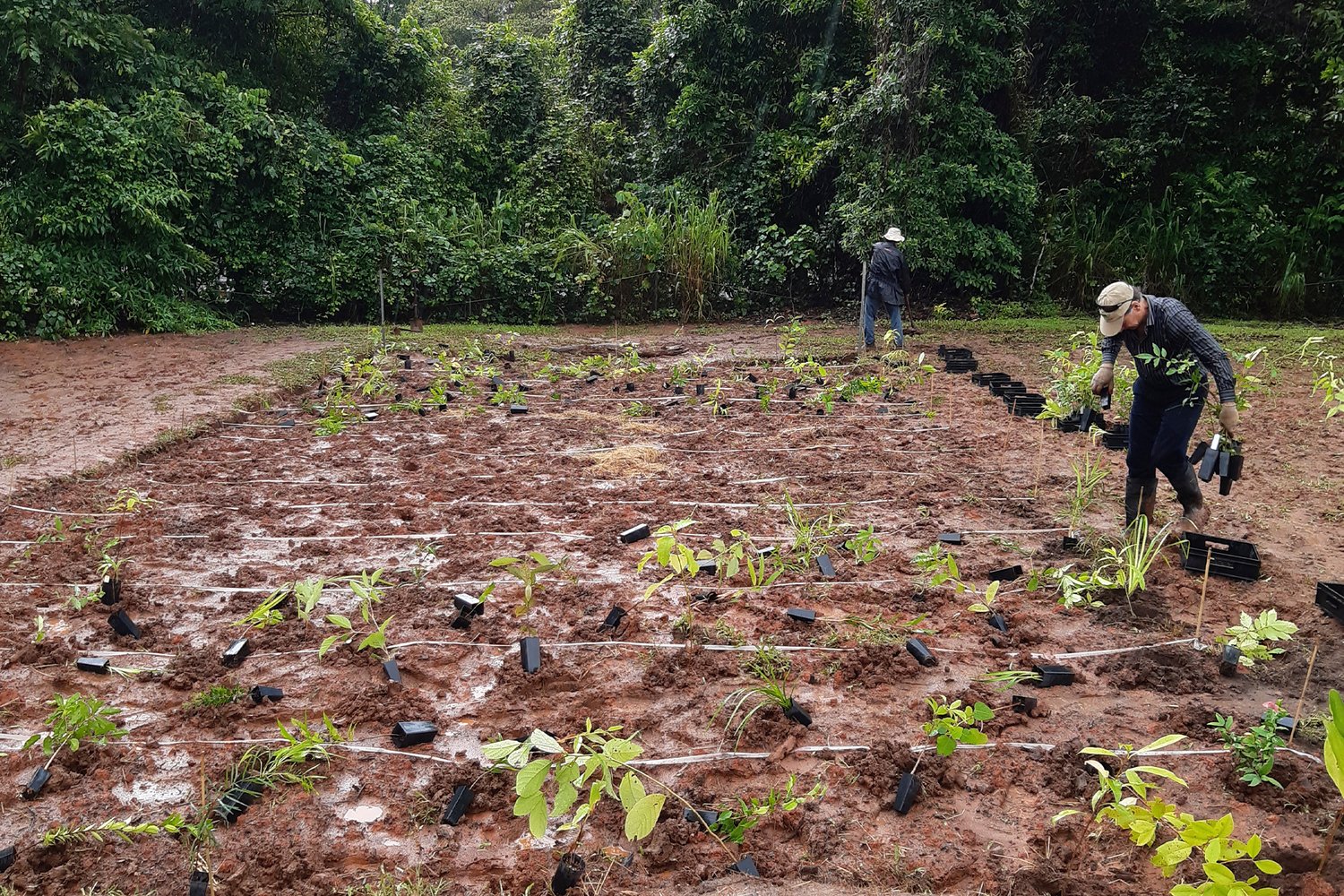
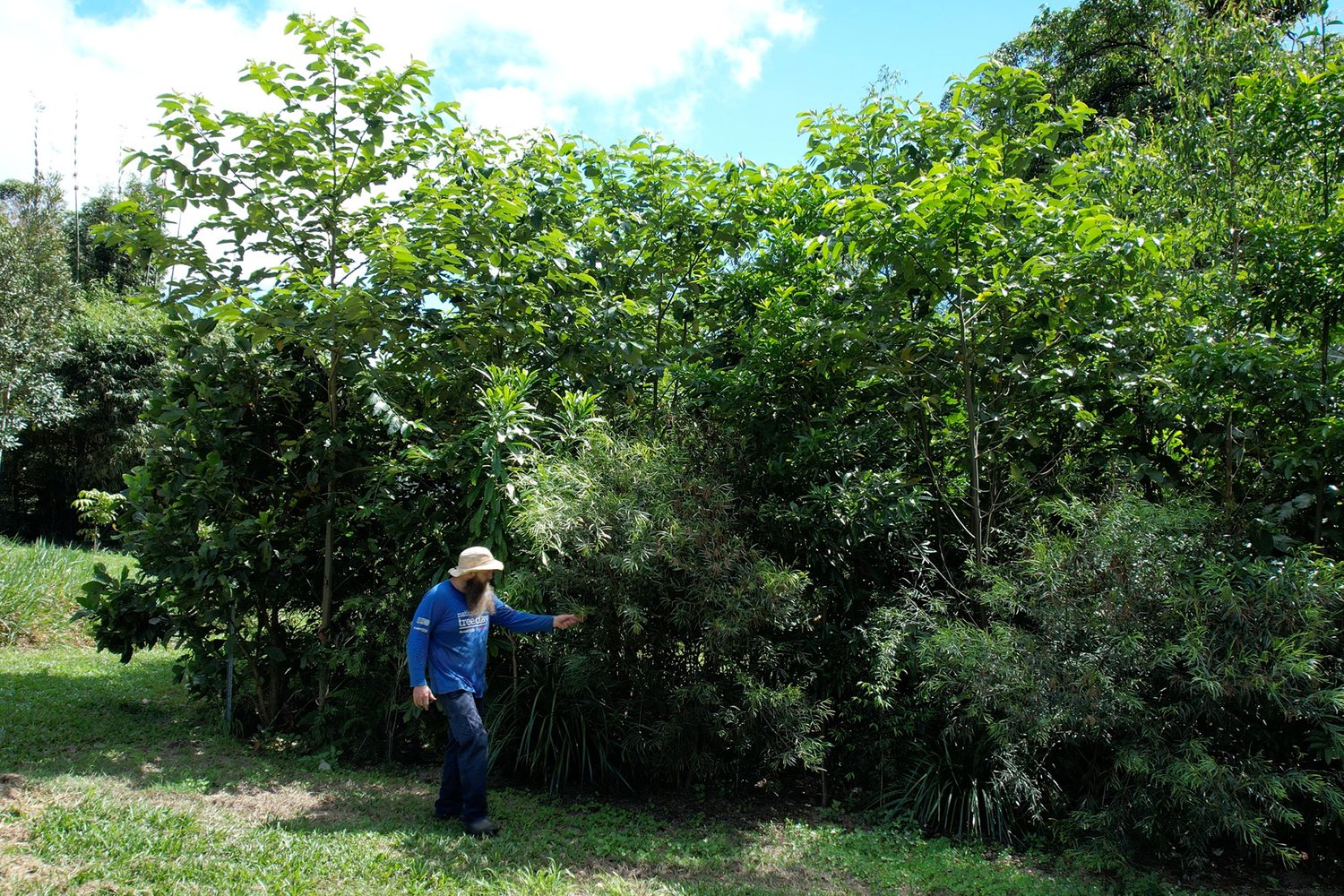
“The land we identified for a Miyawaki Forest was previously a lychee farm. The forest clearing disrupted the safe passway for the endangered Southern Cassowary bird.”
— Brett Krause
Forest Report: 1.5 Years
DATE: 25.08.2022
Survival Rate: 98%
Average of Tallest 3 Trees: 700cm
Bingil is doing very well at just over 18 months. In 1 year this pocket forest has increased in height from 200-700cm.
Forest floor and leaf litter is now established, with zero weed penetration. The forest is self-sustaining. Along with Smith’s Gap and Bilyana, SUGi’s two older Queensland pocket forests, new floral species are growing in the forest from bird droppings.
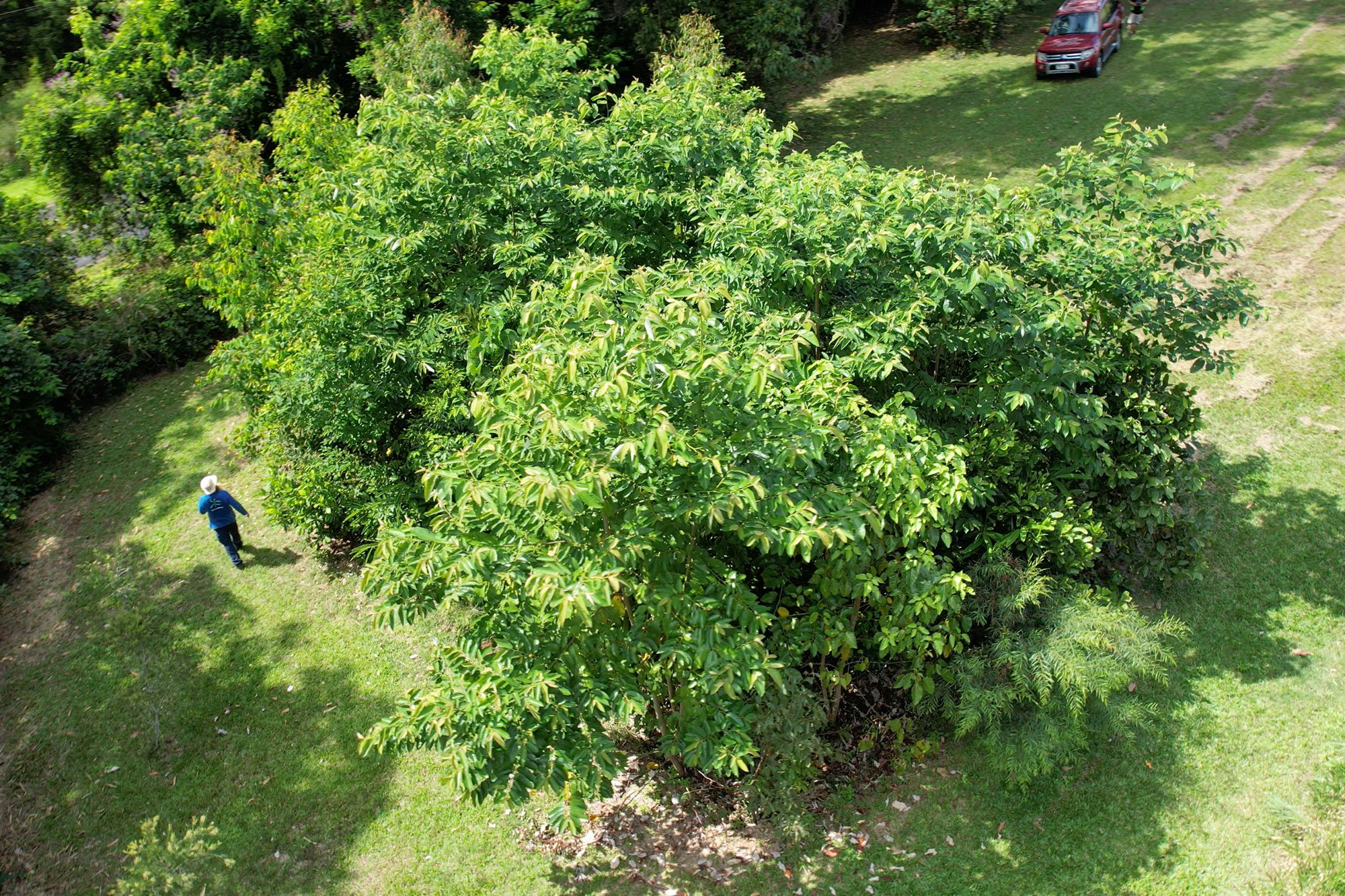
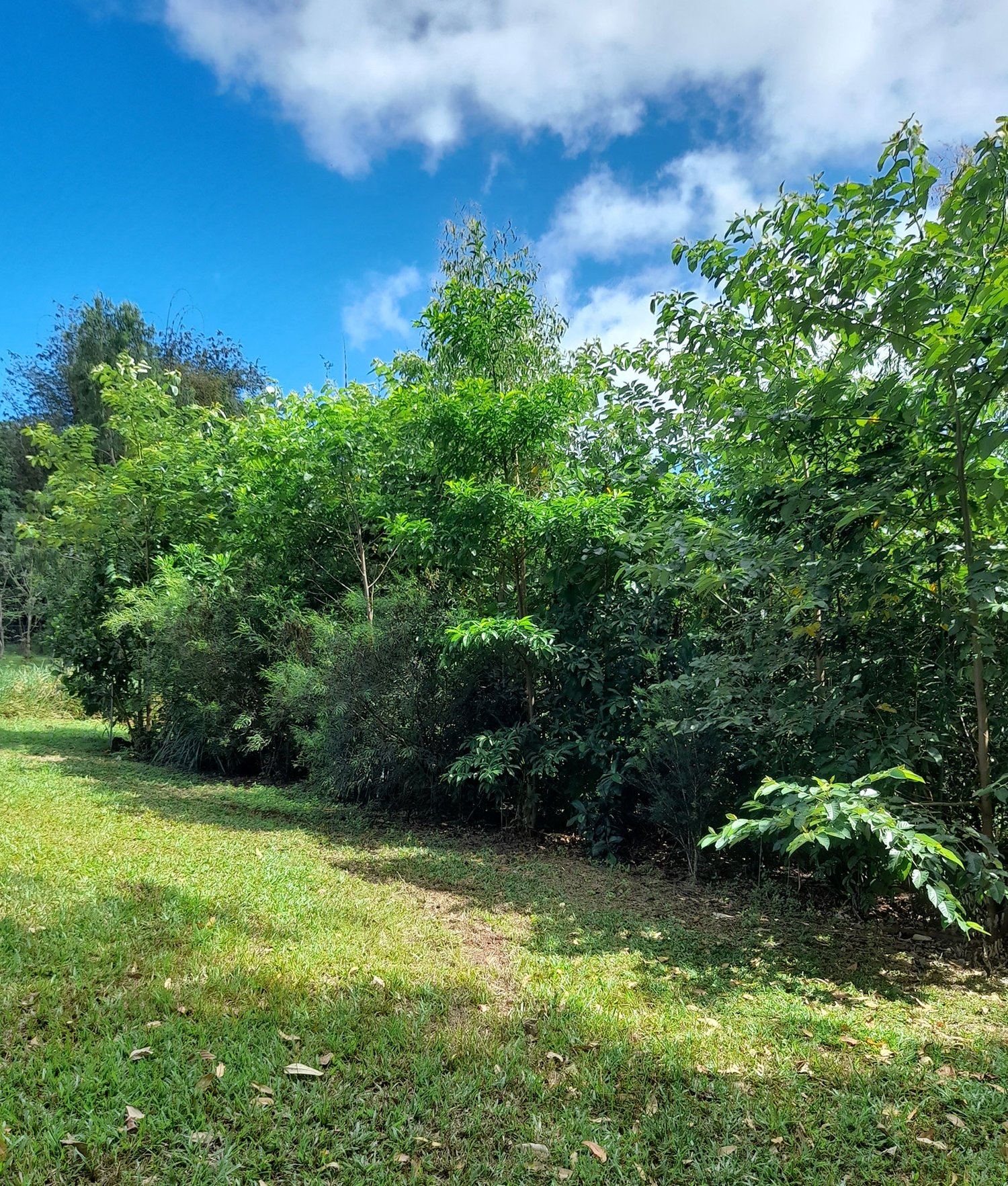
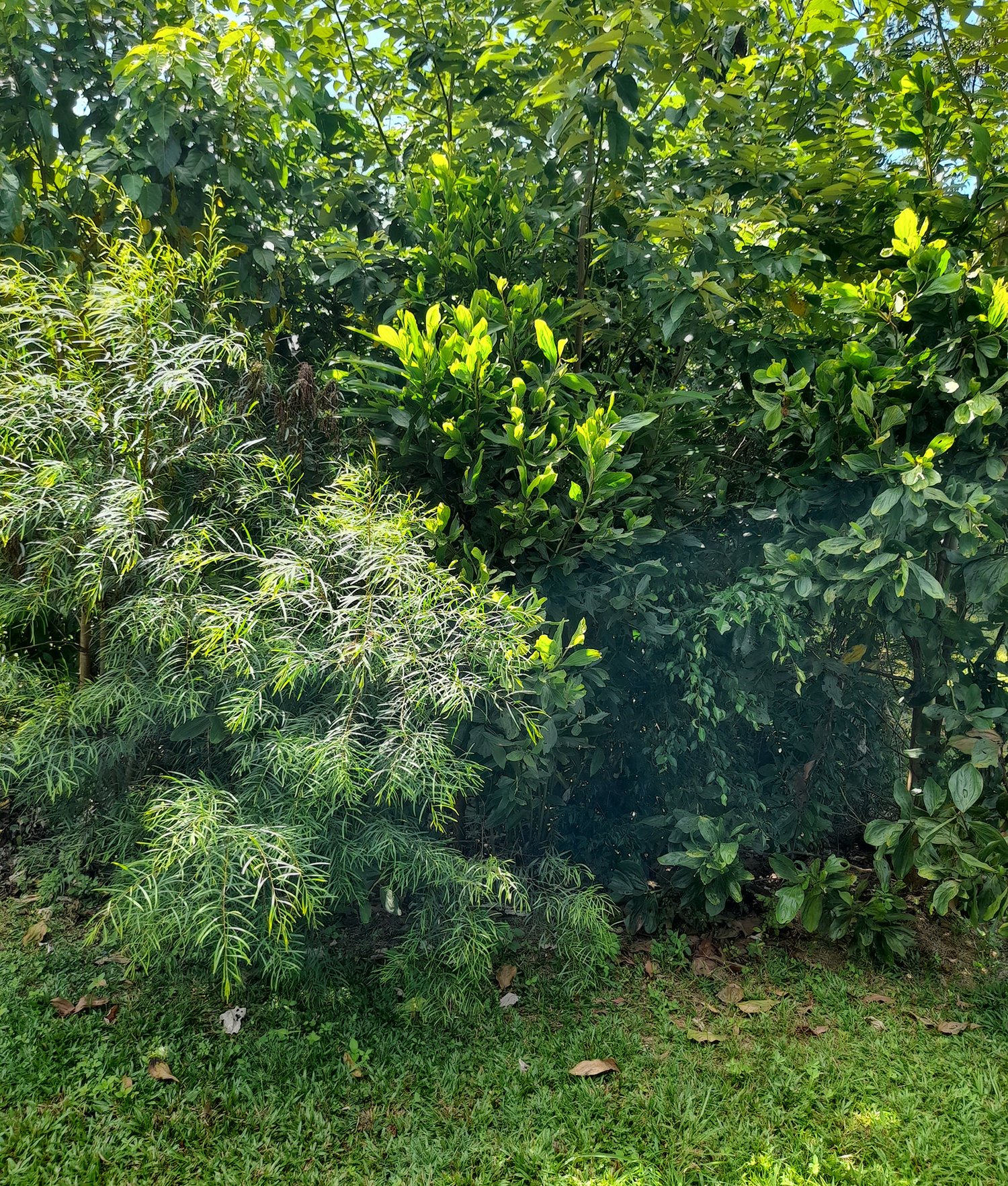
Forest Report: 1 Year
DATE: 25.02.2022
Survival Rate: 99%
Tallest Tree: 200cm
The forest is looking very healthy with one species already flowering. Seed succession is underway from a nearby forest.
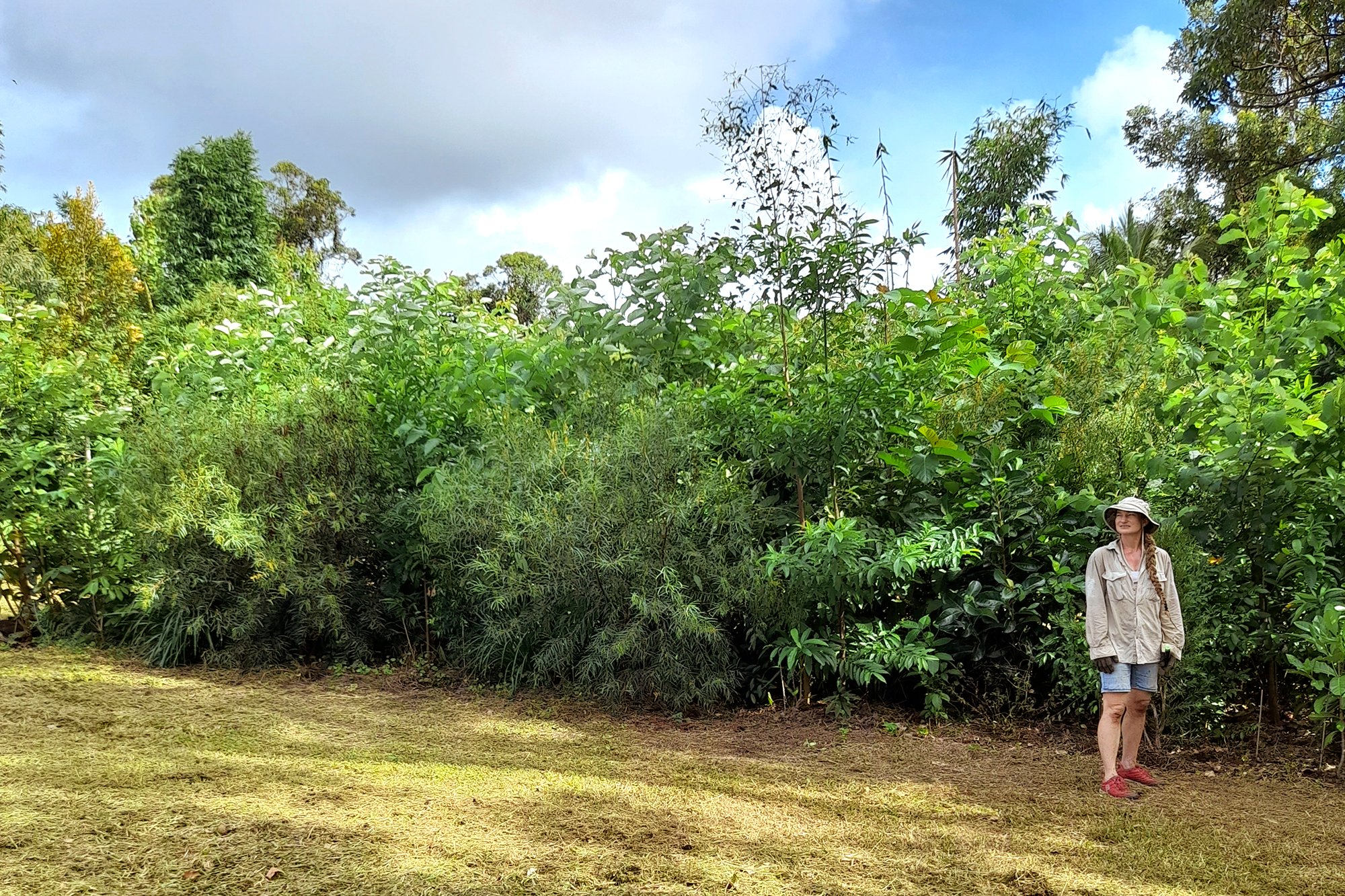
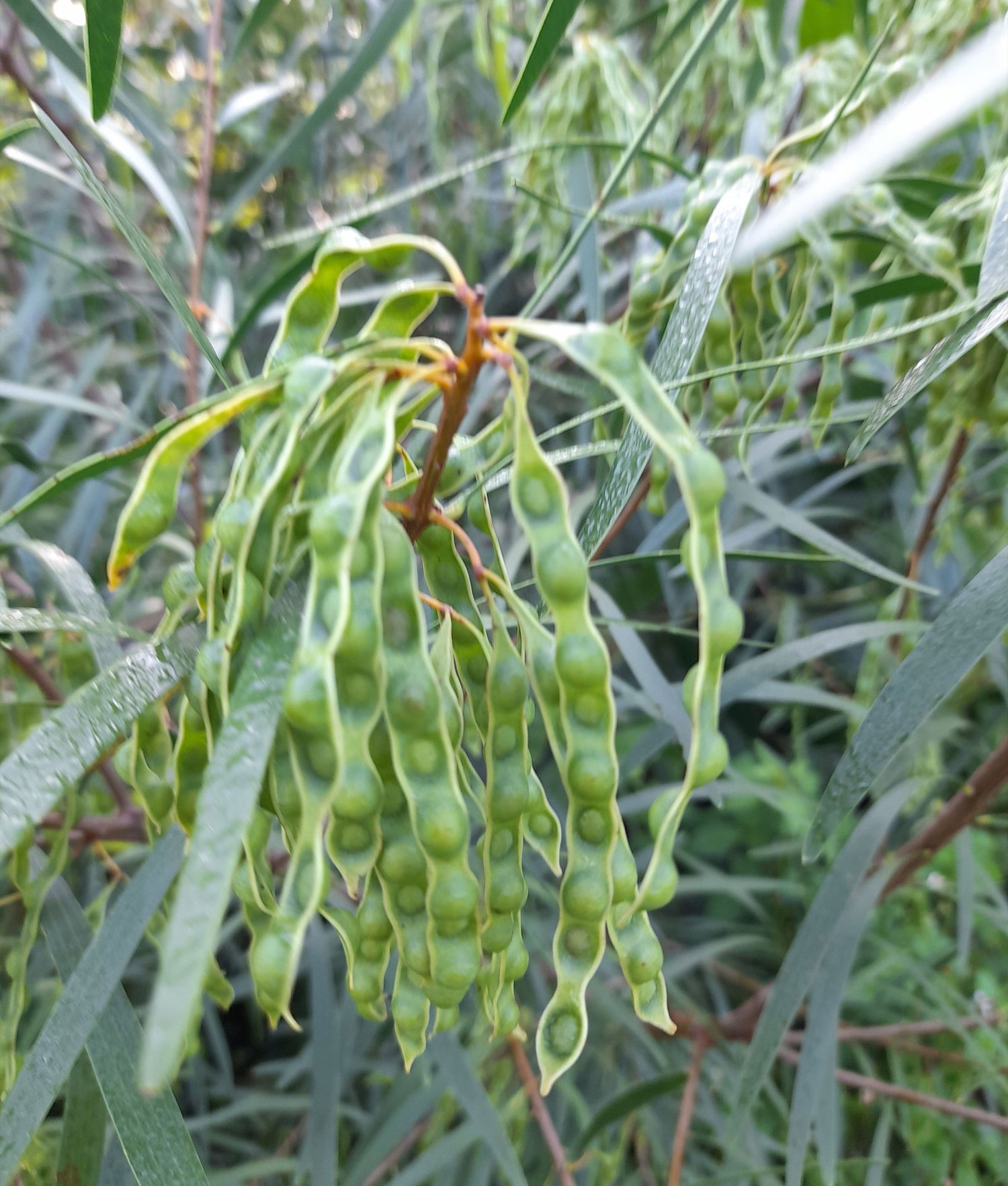
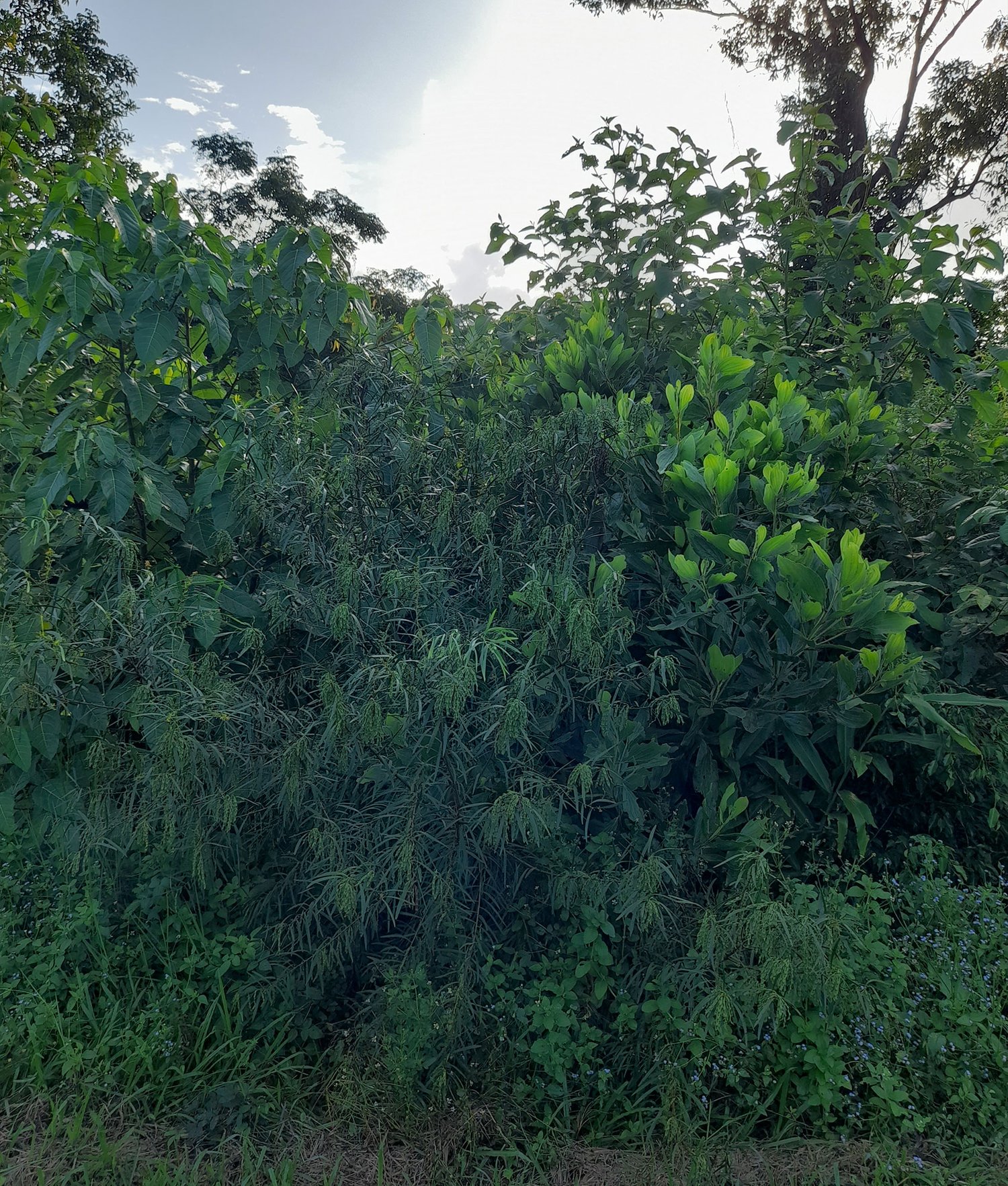
Forest Report: Planting
DATE: 25.02.2021
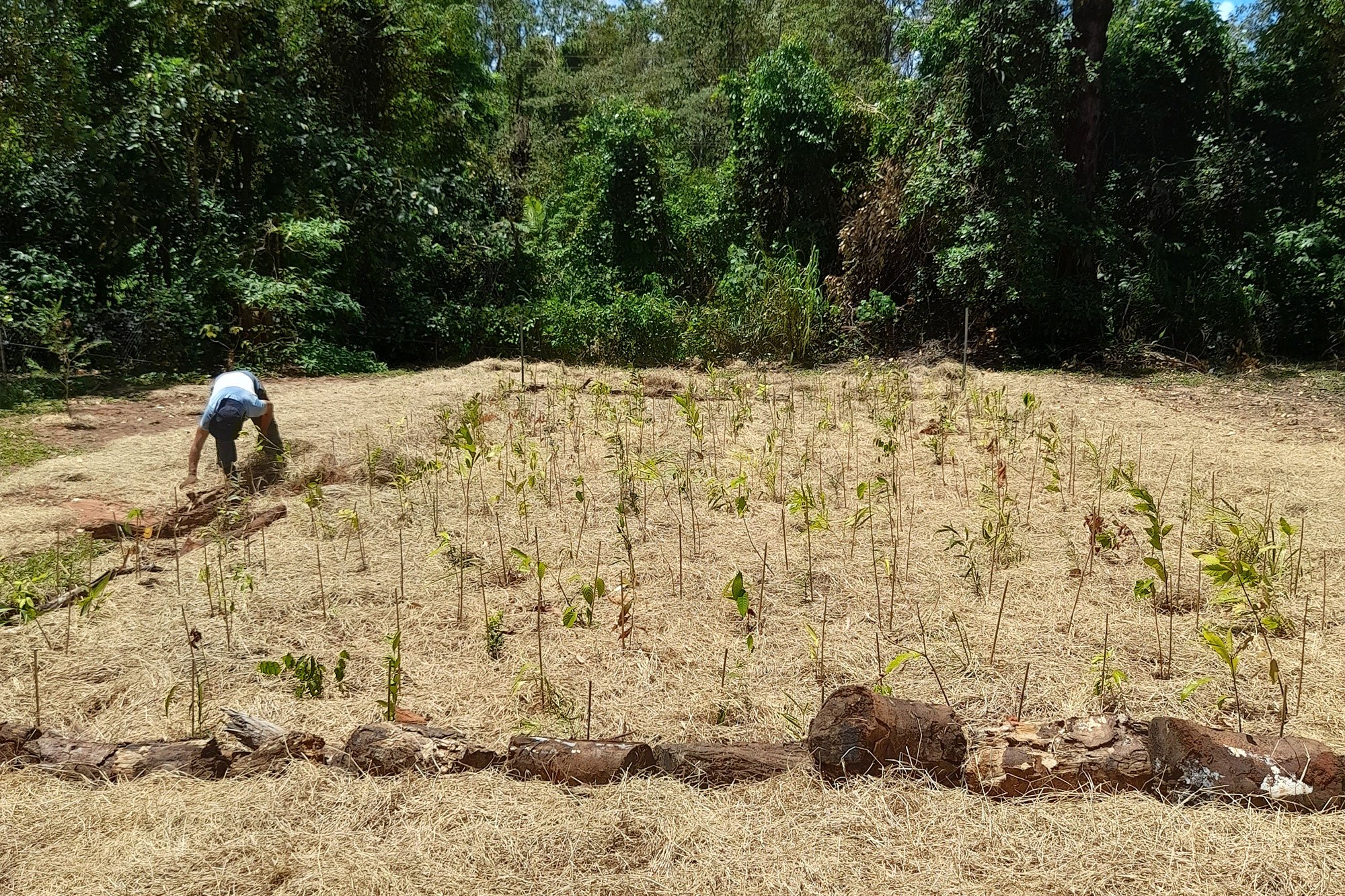
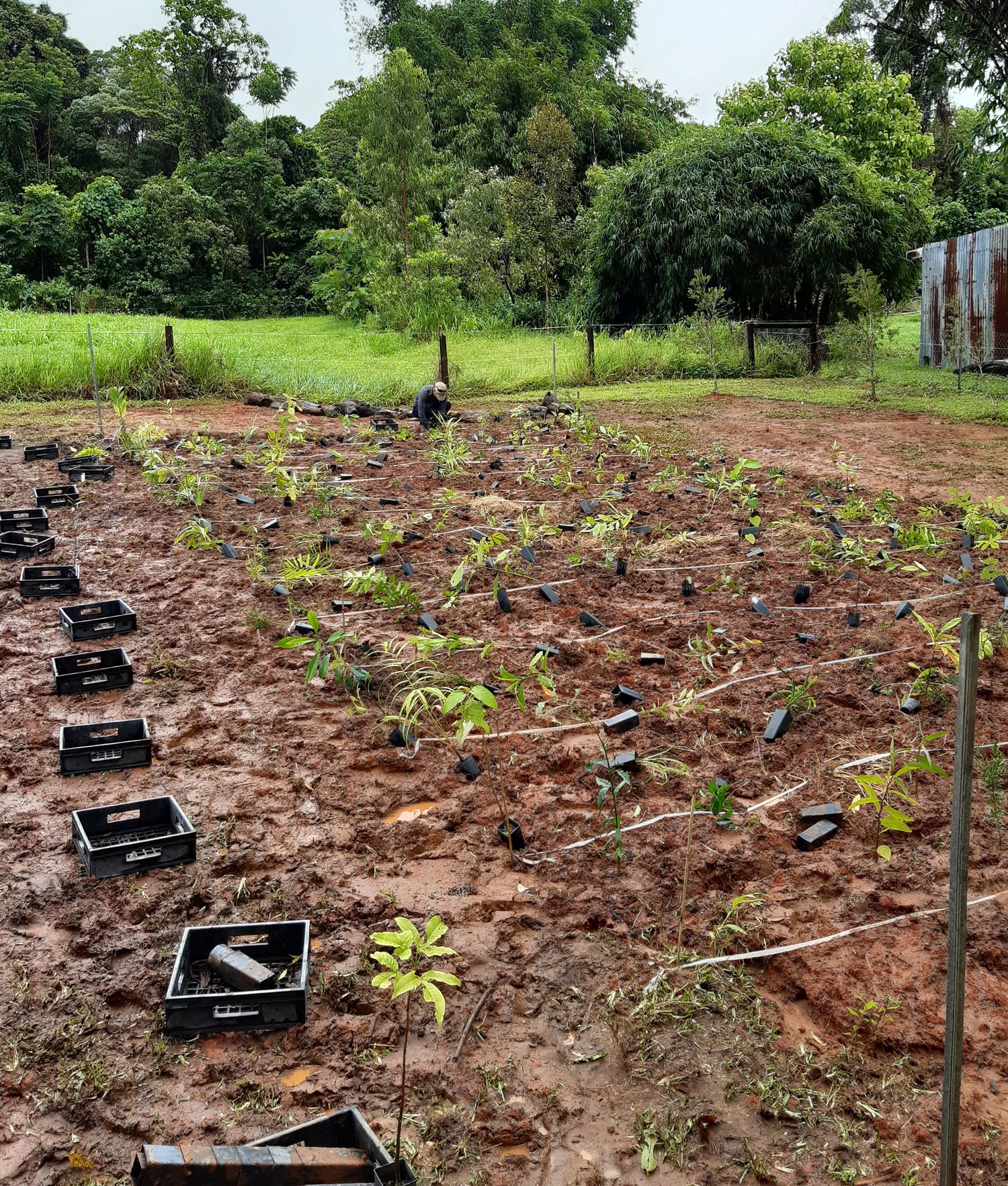

The Southern Cassowary
Or 'Casuarius casuarius', also known as the double-wattled cassowary, Australian cassowary or two-wattled cassowary, is a large flightless black bird. It is a ratite and therefore related to the emu, ostrich, and Kiwi genera.
Subject to ongoing habitat loss, limited range, and overhunting in some areas, the Southern Cassowary is listed as Endangered under Federal and Queensland State legislation. Some threats are habitat loss (logging), feral animals eating their eggs, hunting, and roadkill. Road building, feral animals and hunting are the worst of these threats. It is estimated that there are only approximately 2,500 individuals left in Australia.
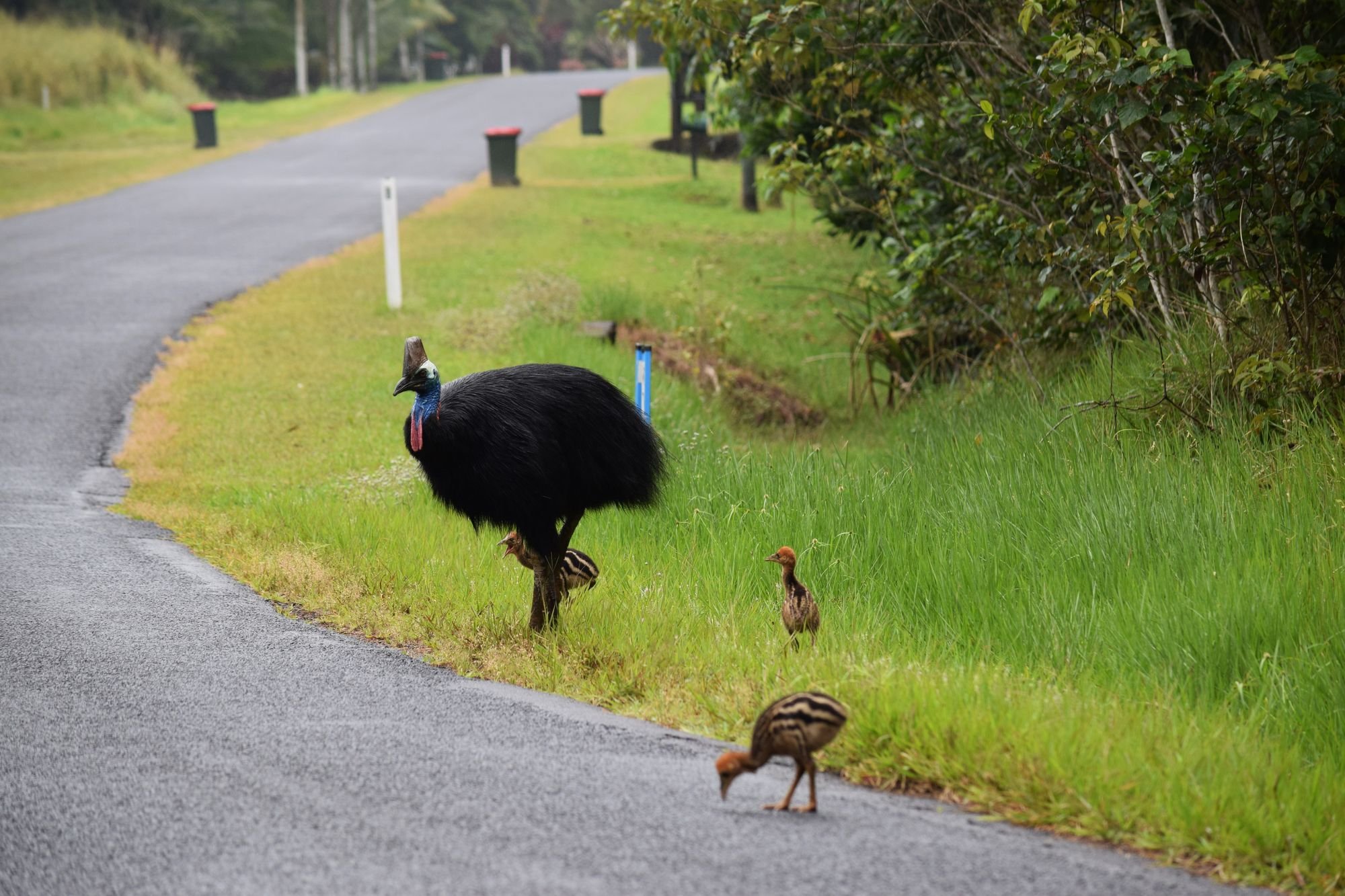
Flora & Fauna unique to Bingil Bay
Bingil Bay is situated at Mission Beach, North Queensland. It is a sublime village situated in the Wet Tropics, 150 km south of Cairns.
This location is home to several individuals of Southern Cassowary and as a nature sanctuary it houses over 1000 species of flora and fauna many of which are only located in this small pocket of Australia.
There is a caring steward tending the site and this property is intended to become a certified Nature Refuge.
Discover more SUGi Projects

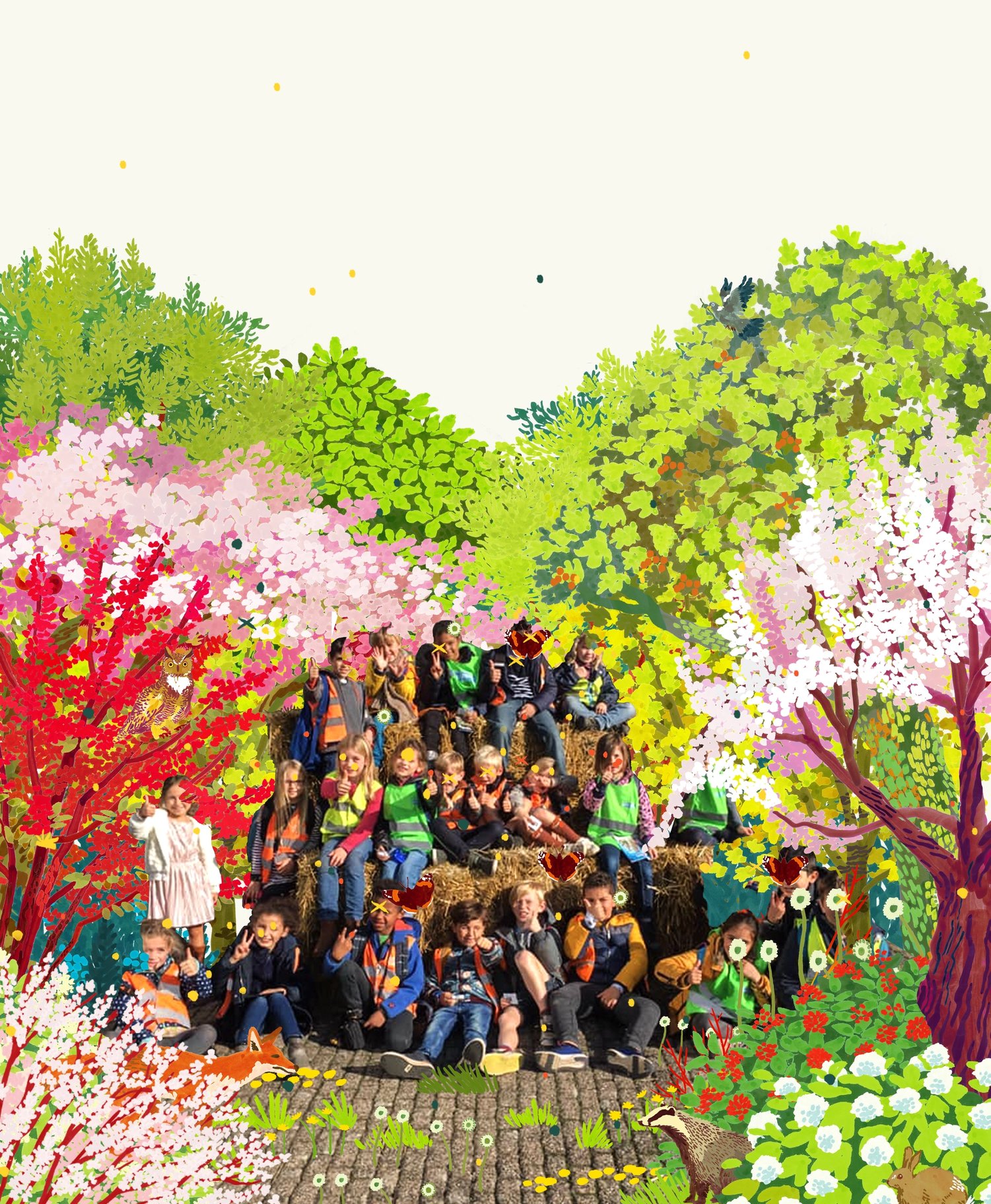
De Ark
A forest learning center in Sint-Niklaas


Langalibalele Forest
Cultivating a green oasis for community wellness and education.

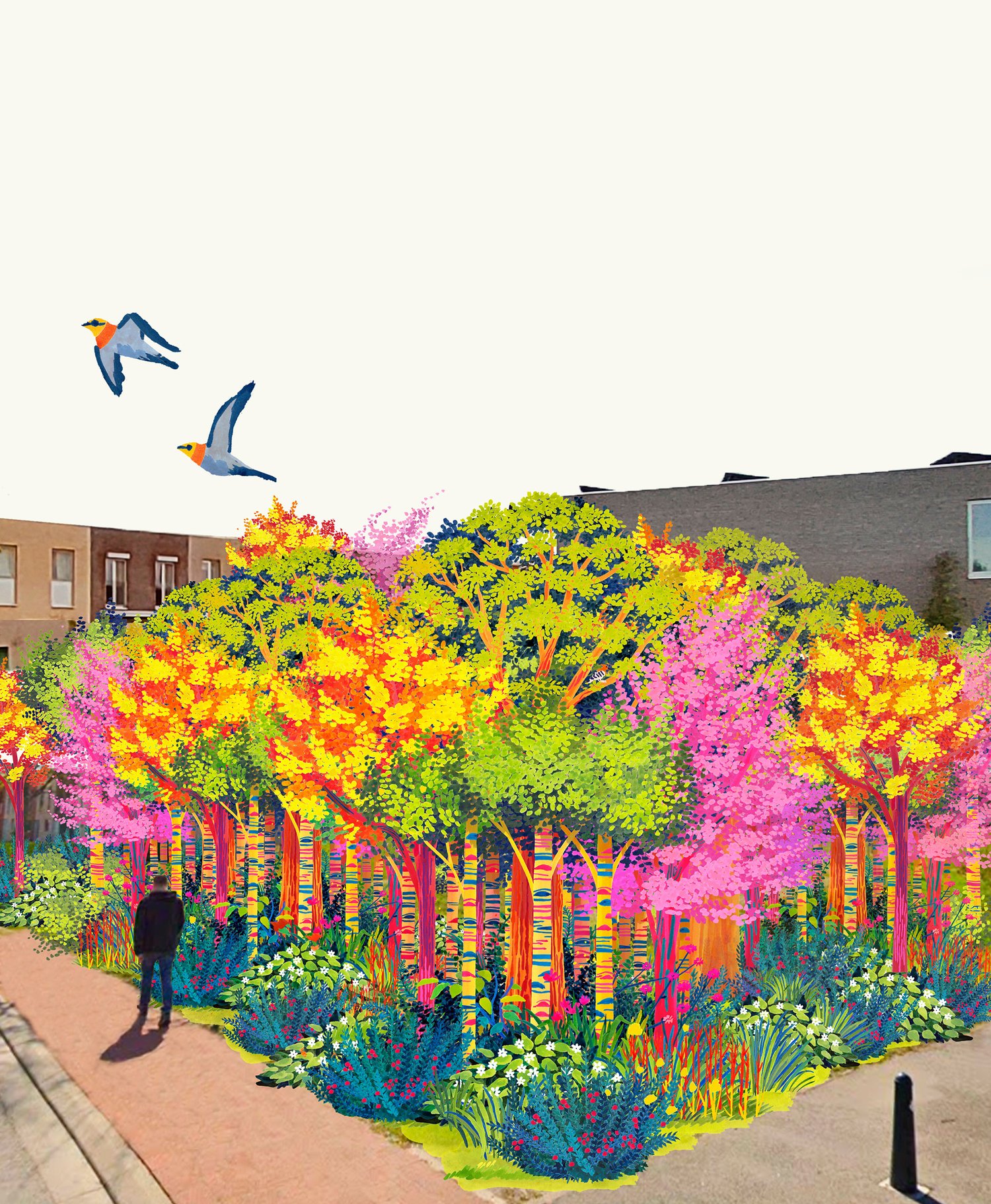
Papenhof Forest
Nature-based therapy at the heart of a city
